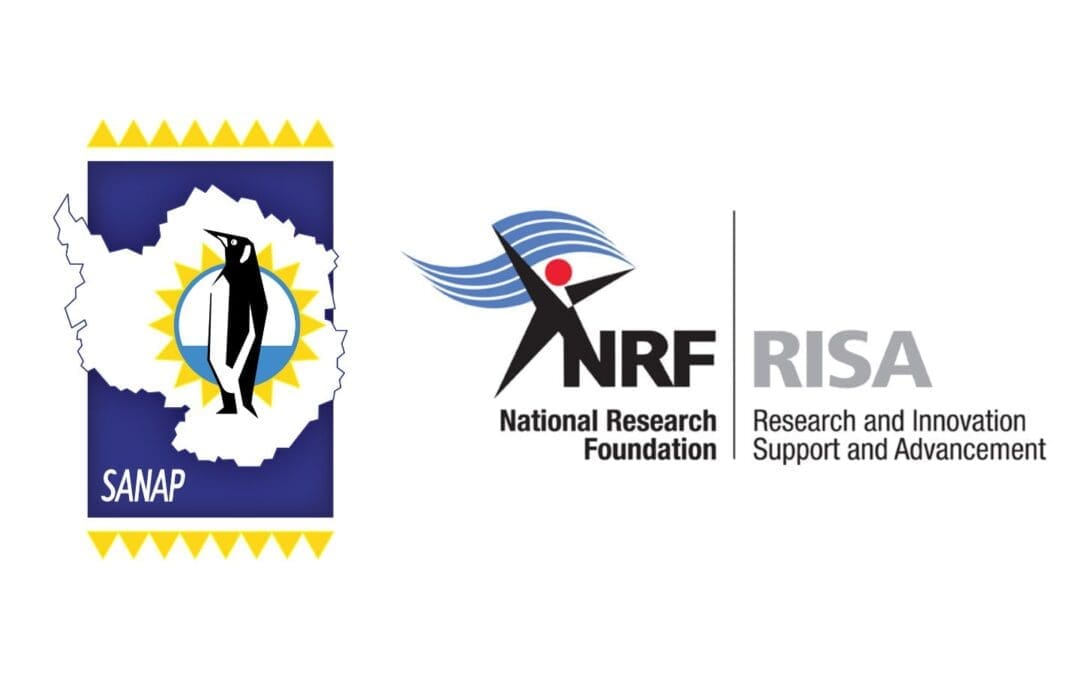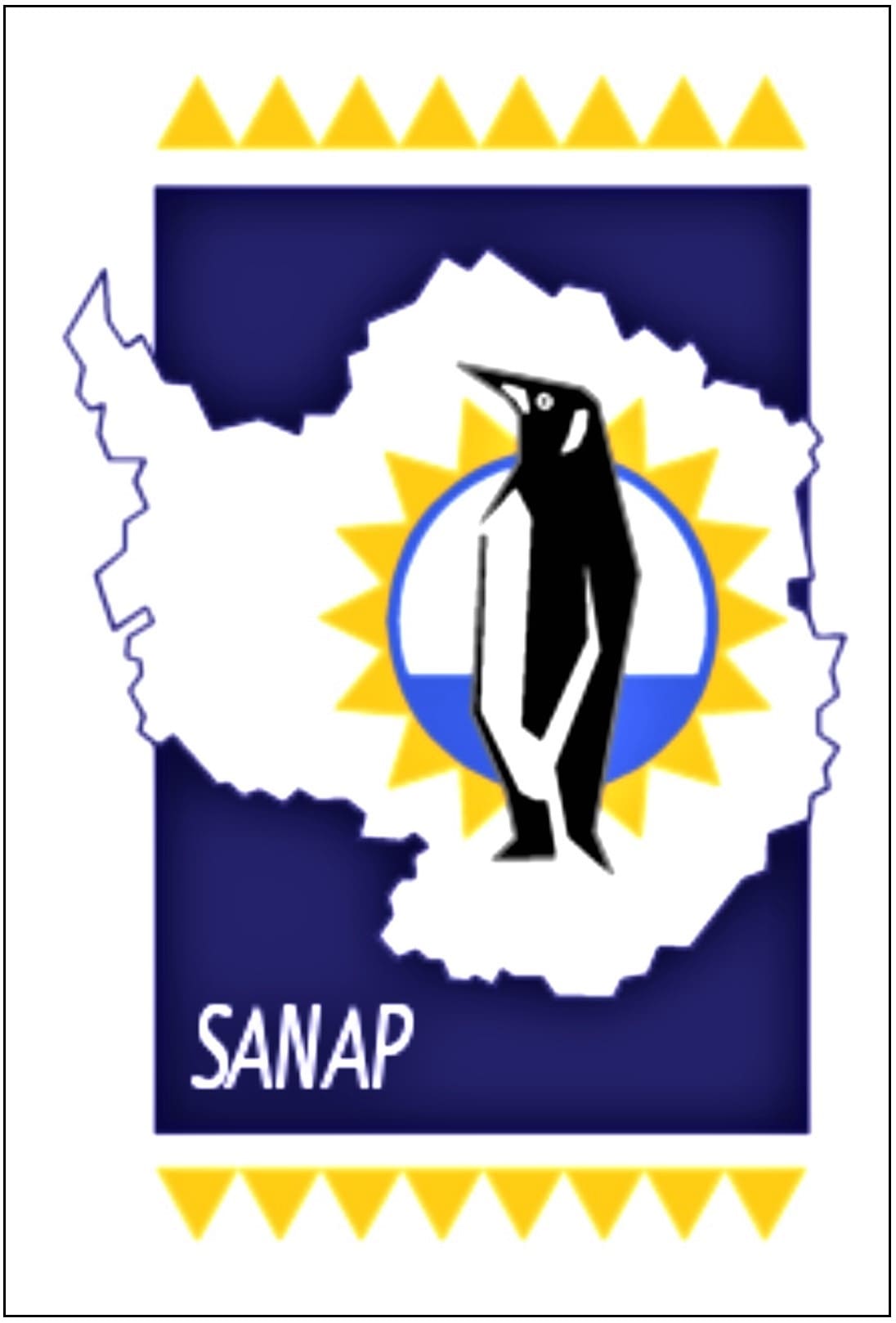
by Ria Olivier | Mar 25, 2021 | Announcement, News, SANAP, SCAR, Science
The XXXVI SCAR Delegates Meeting is currently held online in a series of two-hour sessions over two weeks in March 2021. Bettine van Vuuren is giving the South Africa National Committee members regular feedback. She and Tracy Klarenbeek are South African Respresentatives at the SCAR delegates meeting.
 SCAR focuses its science efforts on high priority topical areas through its Scientific Research Programmes (SRPs). Three new programmes were approved by the Executive in 2020 and began officially in January 2021. During the delgeates meeting the following new Scientific Research Programmes have started under the auspices of SCAR. They are:
SCAR focuses its science efforts on high priority topical areas through its Scientific Research Programmes (SRPs). Three new programmes were approved by the Executive in 2020 and began officially in January 2021. During the delgeates meeting the following new Scientific Research Programmes have started under the auspices of SCAR. They are:
 Integrated Science to Inform Antarctic and Southern Ocean Conservation (Ant-ICON). The Ant-ICON SRP will answer fundamental science questions (as identified by the SCAR Horizon Scan), relating to the conservation and management of Antarctica and the Southern Ocean and focus on research to drive and inform international decision-making and policy change.
Integrated Science to Inform Antarctic and Southern Ocean Conservation (Ant-ICON). The Ant-ICON SRP will answer fundamental science questions (as identified by the SCAR Horizon Scan), relating to the conservation and management of Antarctica and the Southern Ocean and focus on research to drive and inform international decision-making and policy change.
 INStabilities and Thresholds in ANTarctica (INSTANT). The INSTANT SRP will address a first-order question about Antarctica’s contribution to sea level. It encompasses geoscience, physical sciences and biological sciences, of the way in which interactions between the ocean, atmosphere and cryosphere have influenced ice-sheets in the past, and what expectations will be in the future with a special focus on quantifying the contributions to global sea level change. They aim to quantify the Antarctic ice sheet’s contribution to past and future global sea-level change.
INStabilities and Thresholds in ANTarctica (INSTANT). The INSTANT SRP will address a first-order question about Antarctica’s contribution to sea level. It encompasses geoscience, physical sciences and biological sciences, of the way in which interactions between the ocean, atmosphere and cryosphere have influenced ice-sheets in the past, and what expectations will be in the future with a special focus on quantifying the contributions to global sea level change. They aim to quantify the Antarctic ice sheet’s contribution to past and future global sea-level change.
 Near-term Variability and Prediction of the Antarctic Climate System (AntClimnow). AntClimnow will investigate the prediction of near-term conditions in the Antarctic climate system on timescales of years to multiple decades. They will take an integrated approach, looking beyond climate projections of the physical system to consider the Antarctic environment as a whole.
Near-term Variability and Prediction of the Antarctic Climate System (AntClimnow). AntClimnow will investigate the prediction of near-term conditions in the Antarctic climate system on timescales of years to multiple decades. They will take an integrated approach, looking beyond climate projections of the physical system to consider the Antarctic environment as a whole.
“There is a lot of opportunities for South African Researchers to participate within these new programmes” – Bettine van Vuuren. Please contact the various Chief Officers for more information on how to become involved.

by Ria Olivier | Mar 8, 2021 | Announcement, Current Event, International Days, SANAP
 Today on International Women’s Day we are celebrating all those women involved within the South African National Antarctic Programme (SANAP). International Women’s Day is celebrated on 8 March of each year. 2021 Theme: “IWD 2021 campaign theme: #ChooseToChallenge; A challenged world is an alert world. Individually, we are all responsible for our own thoughts and actions – all day, every day. We can all choose to seek out and celebrate women’s achievements. Collectively we can help create an inclusive world. From challenge comes change, so let’s all choose to challenge.”
Today on International Women’s Day we are celebrating all those women involved within the South African National Antarctic Programme (SANAP). International Women’s Day is celebrated on 8 March of each year. 2021 Theme: “IWD 2021 campaign theme: #ChooseToChallenge; A challenged world is an alert world. Individually, we are all responsible for our own thoughts and actions – all day, every day. We can all choose to seek out and celebrate women’s achievements. Collectively we can help create an inclusive world. From challenge comes change, so let’s all choose to challenge.”



 Within SANAP, women take on many roles. Throughout SANAP we find women in leadership positions which we celebrate; the Minister of Environment, Forestry and Fisheries, Minister Babara Creecy, the Director at Knowledge Advancement and Support (KAS) of the National Research Foundation Tracy Klarenbeek, Deputy Directors Kusi Ngxabani and Chuma Phamoli. (Above l-r: Min Creecy, Tracy Klarenbeek, ChumaPhamoli, Kusi Ngxabani)
Within SANAP, women take on many roles. Throughout SANAP we find women in leadership positions which we celebrate; the Minister of Environment, Forestry and Fisheries, Minister Babara Creecy, the Director at Knowledge Advancement and Support (KAS) of the National Research Foundation Tracy Klarenbeek, Deputy Directors Kusi Ngxabani and Chuma Phamoli. (Above l-r: Min Creecy, Tracy Klarenbeek, ChumaPhamoli, Kusi Ngxabani)

 In the science environment there are many Principal Investigators and the chair for the National Committee of SCAR, Bettine van Vuuren(left). The Champion for the Antarctic Youth Coalition for Antarctic Gateway Cities is Rudzani Silima(right). There have been several students and other women over the past years within SANAP. See slideshow on ALSA Archive and Womens day 2020 on www.sanap.ac.za
In the science environment there are many Principal Investigators and the chair for the National Committee of SCAR, Bettine van Vuuren(left). The Champion for the Antarctic Youth Coalition for Antarctic Gateway Cities is Rudzani Silima(right). There have been several students and other women over the past years within SANAP. See slideshow on ALSA Archive and Womens day 2020 on www.sanap.ac.za
Cover Image : Tahlia Henry

by Ria Olivier | Jan 27, 2021 | Announcement, Marion Island, News, Newsletters>Marion Island Newsletters, Overwintering Team, sub-Antarctic, Team member
In this edition:


- Meet the small team of 8 members – they were the ‘original’ M77
- Thereafter field assistants and a film crew were able to join the team – meet the complete 77th Marion Island Overwintering Team and some members of the film crew
- Want to know how the weather treated the islanders the past few months?
- See some photos of the adventure from Cape Town to Marion Island – second part of the M77 team onboard the Pelagic Australis yacht
- Read some birding and sealing fieldwork stories
For all this and more make sure to check out this 1st edition of The Wanderer by the 77th Marion Island Overwintering Team.
Click here to download this issue of The Wanderer.
Click here to view a list of all The Wanderers (newsletters) available on the ALSA Archive. Click on the team number you are interested in.

by Ria Olivier | Dec 17, 2020 | Announcement, Antarctica, SANAP, Southern Ocean
 Media Release by the Department of Environment Forestry and Fisheries -13 December 2020
Media Release by the Department of Environment Forestry and Fisheries -13 December 2020
by Ria Olivier | Dec 11, 2020 | Announcement, geochemistry, Jobs, Oceanography, Research, SA Agulhas II, SANAP, Science, Southern Ocean
The Biogeochemistry Research Infrastructure Platform (BIOGRIP) was established in 2019 in terms of the South African Research Infrastructure Roadmap, a high-level research strategy of the national government Department of Science and Innovation.


 BIOGRIP comprises four research ‘nodes’ based at the Universities of Cape Town (focusing on isotope biogeochemistry), Stellenbosch (water and soil biogeochemistry), Free State (mineral biogeochemistry) and North-West University (atmospheric biogeochemistry), with the administrative ‘hub’ located at UCT. The Director will be based at UCT and will report directly to the DVC Research. The Director will (1) provide strong leadership and scientific guidance to the BIOGRIP platform as a whole, ensuring that it delivers on its mandate (2) liaise with stakeholders, the management steering committee and scientific and technical advisory committees (3) hold overall financial responsibility for BIOGRIP and (4) contribute to the research output of BIOGRIP.
BIOGRIP comprises four research ‘nodes’ based at the Universities of Cape Town (focusing on isotope biogeochemistry), Stellenbosch (water and soil biogeochemistry), Free State (mineral biogeochemistry) and North-West University (atmospheric biogeochemistry), with the administrative ‘hub’ located at UCT. The Director will be based at UCT and will report directly to the DVC Research. The Director will (1) provide strong leadership and scientific guidance to the BIOGRIP platform as a whole, ensuring that it delivers on its mandate (2) liaise with stakeholders, the management steering committee and scientific and technical advisory committees (3) hold overall financial responsibility for BIOGRIP and (4) contribute to the research output of BIOGRIP.


 “Biogeochemistry” is the study of how biological, geological, chemical, and physical processes interact to shape natural environments over time and space. It covers a range of interdisciplinary research foci, from the origin and diversification of life, to how anthropogenic drivers alter modern environments, to the response of natural systems to environmental change. Biogeochemistry was identified by the 2016 South African Research Infrastructure Roadmap (SARIR) document as an emerging interdisciplinary field of strategic importance. SARIR recommends that the central objective of biogeochemical research in South Africa should be to gain “further insight into the interactions of human activity and the environment over the past several hundred millennia and to determine how the environmental impact of anthropogenic activity has contributed to the change in Earth system dynamics (chemical, physical and biological). This includes the search for an understanding of the behavior of well characterized and emerging pollutants and their current impact on the environment”. There are a number of strong research groups in South Africa already investigating various aspects of this broad research objective, but their efforts to-date have been isolated and/or fragmented. Moreover, biogeochemistry requires high precision data and measurements of a vast range of inorganic and organic chemical components, including isotope ratios and trace elements, some of which cannot currently be made in South Africa and many of which cannot be run at the volume and quality required. The investment in BIOGRIP will provide the platform to drive biogeochemical knowledge creation through investment in (1) technical capacity, training and scientific leadership in biogeochemical research, (2) world-class analytical facilities, and (3) improved monitoring of biogeochemical environmental variables through the generation and compilation of statistically meaningful datasets.
“Biogeochemistry” is the study of how biological, geological, chemical, and physical processes interact to shape natural environments over time and space. It covers a range of interdisciplinary research foci, from the origin and diversification of life, to how anthropogenic drivers alter modern environments, to the response of natural systems to environmental change. Biogeochemistry was identified by the 2016 South African Research Infrastructure Roadmap (SARIR) document as an emerging interdisciplinary field of strategic importance. SARIR recommends that the central objective of biogeochemical research in South Africa should be to gain “further insight into the interactions of human activity and the environment over the past several hundred millennia and to determine how the environmental impact of anthropogenic activity has contributed to the change in Earth system dynamics (chemical, physical and biological). This includes the search for an understanding of the behavior of well characterized and emerging pollutants and their current impact on the environment”. There are a number of strong research groups in South Africa already investigating various aspects of this broad research objective, but their efforts to-date have been isolated and/or fragmented. Moreover, biogeochemistry requires high precision data and measurements of a vast range of inorganic and organic chemical components, including isotope ratios and trace elements, some of which cannot currently be made in South Africa and many of which cannot be run at the volume and quality required. The investment in BIOGRIP will provide the platform to drive biogeochemical knowledge creation through investment in (1) technical capacity, training and scientific leadership in biogeochemical research, (2) world-class analytical facilities, and (3) improved monitoring of biogeochemical environmental variables through the generation and compilation of statistically meaningful datasets.


 BIOGRIP will provide significant opportunities to advance South Africa’s research infrastructure and technical capacity in the field of biogeochemistry, while also facilitating a high level of scientific impact on a range of temporal and spatial scales. BIOGRIP will extend the practical research questions that address specific South African problems to include those that are purely curiosity-driven, creative, and/or risky, while also deepening the extent to which ongoing research themes can be probed. An additional impact of developing analytical capacity in-country is the potential for creative methods development, particularly South African-specific applications (e.g., for research questions relevant to the Cape floristic kingdom, hominin evolution, water availability and quality, Antarctic ecosystems, etc.). This will allow the South African research community to push the frontiers of knowledge in a variety of fields where biogeochemical techniques have yet to be applied (or have yet to be applied at the resolution offered by BIOGRIP).
BIOGRIP will provide significant opportunities to advance South Africa’s research infrastructure and technical capacity in the field of biogeochemistry, while also facilitating a high level of scientific impact on a range of temporal and spatial scales. BIOGRIP will extend the practical research questions that address specific South African problems to include those that are purely curiosity-driven, creative, and/or risky, while also deepening the extent to which ongoing research themes can be probed. An additional impact of developing analytical capacity in-country is the potential for creative methods development, particularly South African-specific applications (e.g., for research questions relevant to the Cape floristic kingdom, hominin evolution, water availability and quality, Antarctic ecosystems, etc.). This will allow the South African research community to push the frontiers of knowledge in a variety of fields where biogeochemical techniques have yet to be applied (or have yet to be applied at the resolution offered by BIOGRIP).
Click here for advertisement. Closing date: 1st February 2021
Photo Credit: Sarah Fawcett, Alakendra Roychoudhury, Susanne Fietz
Cover Image: Ben van der Walt

by Ria Olivier | Dec 11, 2020 | Announcement, Research, SANAP, SCAR, Science


| Research Project | Affiliation | Principal Investigator |
| SAMOC-SA | Bayworld Centre for Research and Education | Lamont, T DR |
| Contemporary and Future Drivers of CO2 and Heat in the Southern Ocean | CSIR - Natural Resources and the Environment | Nicholson, S DR |
| Seasonal Iron speciation in the Southern Ocean, from open ocean environments to naturally fertilized sub-Antarctic Islands (Marion and Gough Islands) | Department of Environmental Affairs | Mtshali, TN DR |
| Avian scavengers as indicators of recovery of an island biota | Nelson Mandela University | Connan, MA DR |
| SANAE HF radar | South African National Space Agency (SANSA) | Kosch, MJ Prof |
| Polar Space Weather Studies | South African National Space Agency (SANSA) | Lotz, SI DR |
| The Digital SA Agulhas II - Flagship for Vessel 4.0 | Stellenbosch University | Bekker, A PROF |
| Antarctic Legacy of South Africa | Stellenbosch University | Olivier, M Ms |
| Signal Processing and Control of a long-range Unmanned Surface Vehicle for Cetacean Detection in the Antarctic and Southern Seahttps://www.ee.sun.ac.za/djjversfeld/ | Stellenbosch University | Versfeld, DJJ PROF |
| SEAmester-South Africa's Floating University | University of Cape Town | Ansorge, IJ PROF |
| Parallel cycling of nitrogen and iron in the upper Southern Ocean: implications for biological CO2 drawdown and global ocean fertility | University of Cape Town | Fawcett, SE DR |
| Influence of physical and biogeochemical processes on the Mechanical properties of Antarctic Sea Ice | University of Cape Town | Rampai, T |
| Landscape and climate interactions | University of Fort Hare | Nel, W PROF |
| Observing Dawn in the Cosmos | University of KwaZulu-Natal | MOODLEY, K PROF |
| Comparative microbial ecology of pan-Antarctic soils | University of Pretoria | COWAN, DA PROF |
| Marion Island Marine Mammals in Changing Environments: Individual Heterogeneity and Population Processes | University of Pretoria | de Bruyn, PJN PROF |
| Africa, Antarctica and the Arts | University of Pretoria | Lavery, CM DR |
| Enhanced insights regarding the ecology, evolution and function of marine microbiomes | University of Pretoria | Makhalanyane, TP PROF |
| Ross seal ecology, behaviour and physiology in a changing environment | University of South Africa | McIntyre, T DR |
| | |
See more detail of project here. This schedule will be update on the SANAP website under research in January 2021.
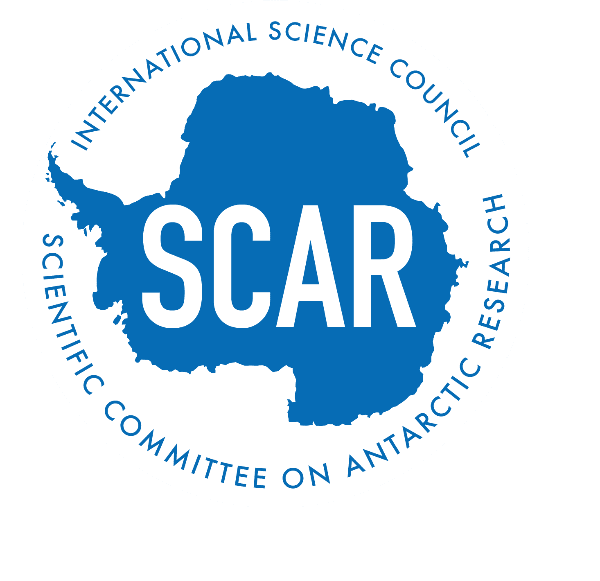
 SCAR focuses its science efforts on high priority topical areas through its Scientific Research Programmes (SRPs). Three new programmes were approved by the Executive in 2020 and began officially in January 2021. During the delgeates meeting the following new Scientific Research Programmes have started under the auspices of SCAR. They are:
SCAR focuses its science efforts on high priority topical areas through its Scientific Research Programmes (SRPs). Three new programmes were approved by the Executive in 2020 and began officially in January 2021. During the delgeates meeting the following new Scientific Research Programmes have started under the auspices of SCAR. They are:![]() Integrated Science to Inform Antarctic and Southern Ocean Conservation (Ant-ICON). The Ant-ICON SRP will answer fundamental science questions (as identified by the SCAR Horizon Scan), relating to the conservation and management of Antarctica and the Southern Ocean and focus on research to drive and inform international decision-making and policy change.
Integrated Science to Inform Antarctic and Southern Ocean Conservation (Ant-ICON). The Ant-ICON SRP will answer fundamental science questions (as identified by the SCAR Horizon Scan), relating to the conservation and management of Antarctica and the Southern Ocean and focus on research to drive and inform international decision-making and policy change. INStabilities and Thresholds in ANTarctica (INSTANT). The INSTANT SRP will address a first-order question about Antarctica’s contribution to sea level. It encompasses geoscience, physical sciences and biological sciences, of the way in which interactions between the ocean, atmosphere and cryosphere have influenced ice-sheets in the past, and what expectations will be in the future with a special focus on quantifying the contributions to global sea level change. They aim to quantify the Antarctic ice sheet’s contribution to past and future global sea-level change.
INStabilities and Thresholds in ANTarctica (INSTANT). The INSTANT SRP will address a first-order question about Antarctica’s contribution to sea level. It encompasses geoscience, physical sciences and biological sciences, of the way in which interactions between the ocean, atmosphere and cryosphere have influenced ice-sheets in the past, and what expectations will be in the future with a special focus on quantifying the contributions to global sea level change. They aim to quantify the Antarctic ice sheet’s contribution to past and future global sea-level change. Near-term Variability and Prediction of the Antarctic Climate System (AntClimnow). AntClimnow will investigate the prediction of near-term conditions in the Antarctic climate system on timescales of years to multiple decades. They will take an integrated approach, looking beyond climate projections of the physical system to consider the Antarctic environment as a whole.
Near-term Variability and Prediction of the Antarctic Climate System (AntClimnow). AntClimnow will investigate the prediction of near-term conditions in the Antarctic climate system on timescales of years to multiple decades. They will take an integrated approach, looking beyond climate projections of the physical system to consider the Antarctic environment as a whole.
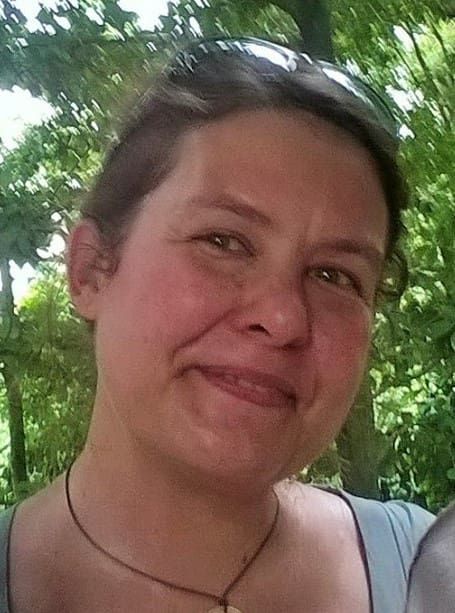
 Today on International Women’s Day we are celebrating all those women involved within the South African National Antarctic Programme (SANAP).
Today on International Women’s Day we are celebrating all those women involved within the South African National Antarctic Programme (SANAP). 

 Within SANAP, women take on many roles. Throughout SANAP we find women in leadership positions which we celebrate; the Minister of Environment, Forestry and Fisheries, Minister Babara Creecy, the Director at Knowledge Advancement and Support (KAS) of the National Research Foundation Tracy Klarenbeek, Deputy Directors
Within SANAP, women take on many roles. Throughout SANAP we find women in leadership positions which we celebrate; the Minister of Environment, Forestry and Fisheries, Minister Babara Creecy, the Director at Knowledge Advancement and Support (KAS) of the National Research Foundation Tracy Klarenbeek, Deputy Directors 
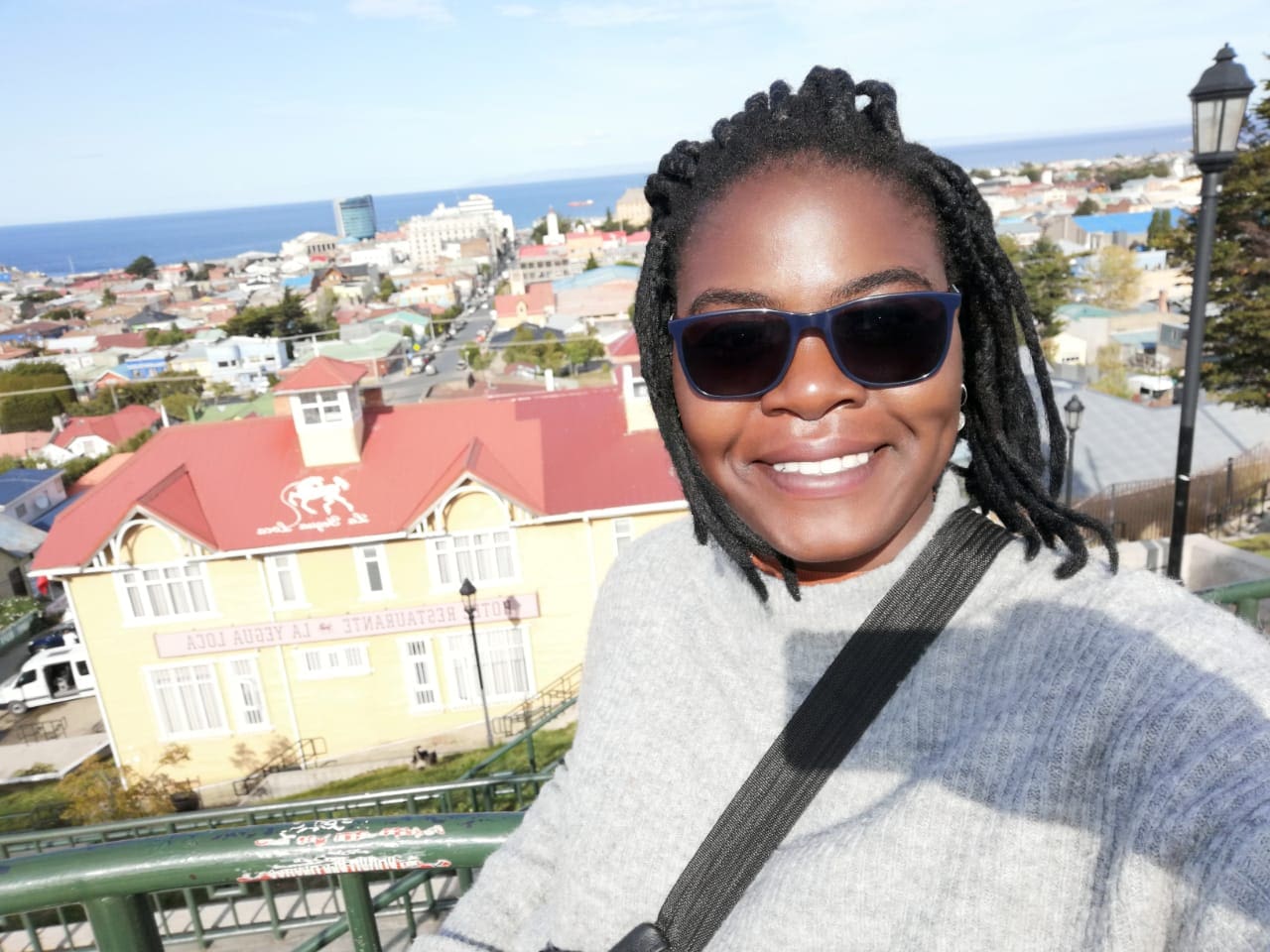 In the science environment there are many Principal Investigators and the chair for the
In the science environment there are many Principal Investigators and the chair for the 
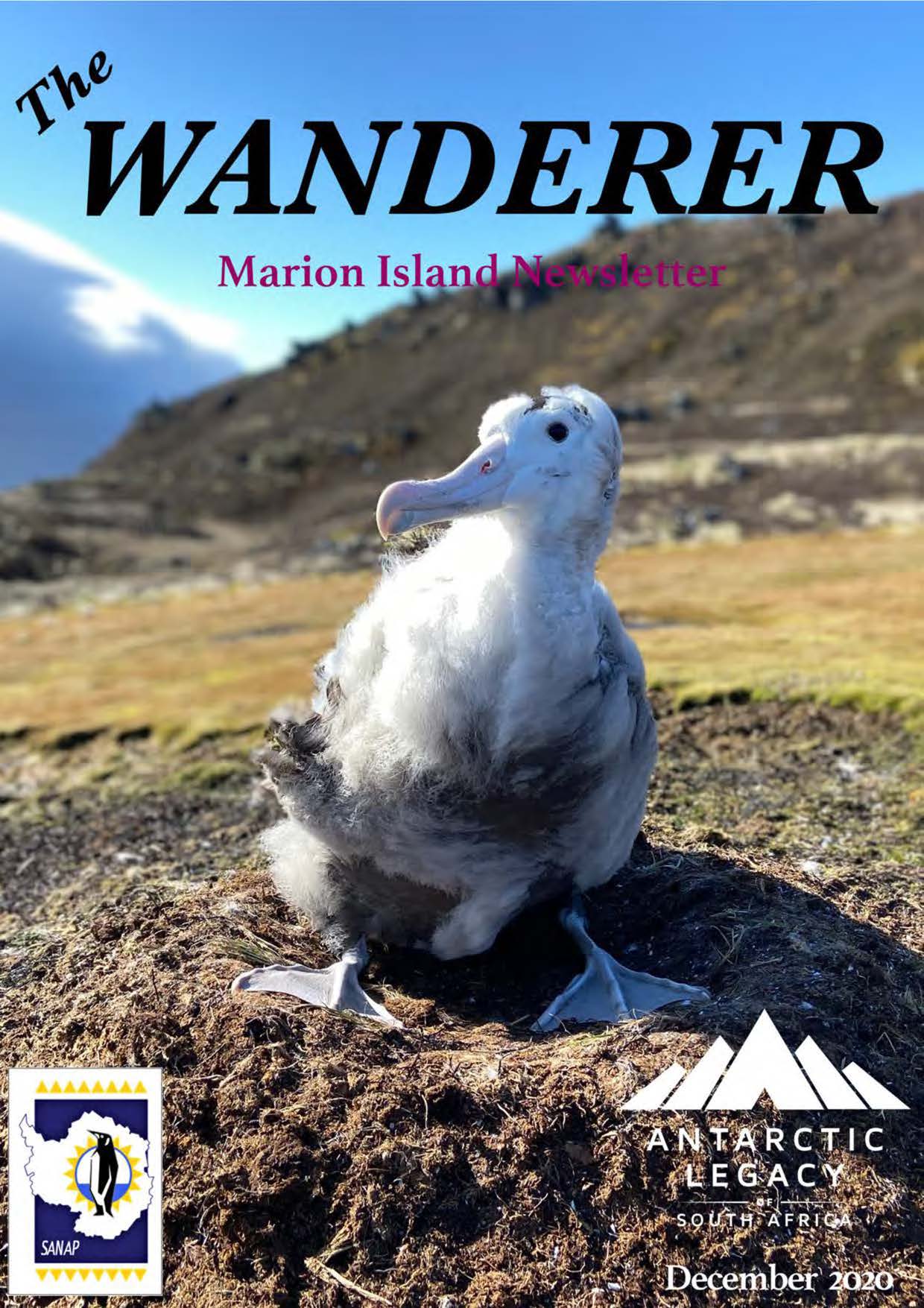
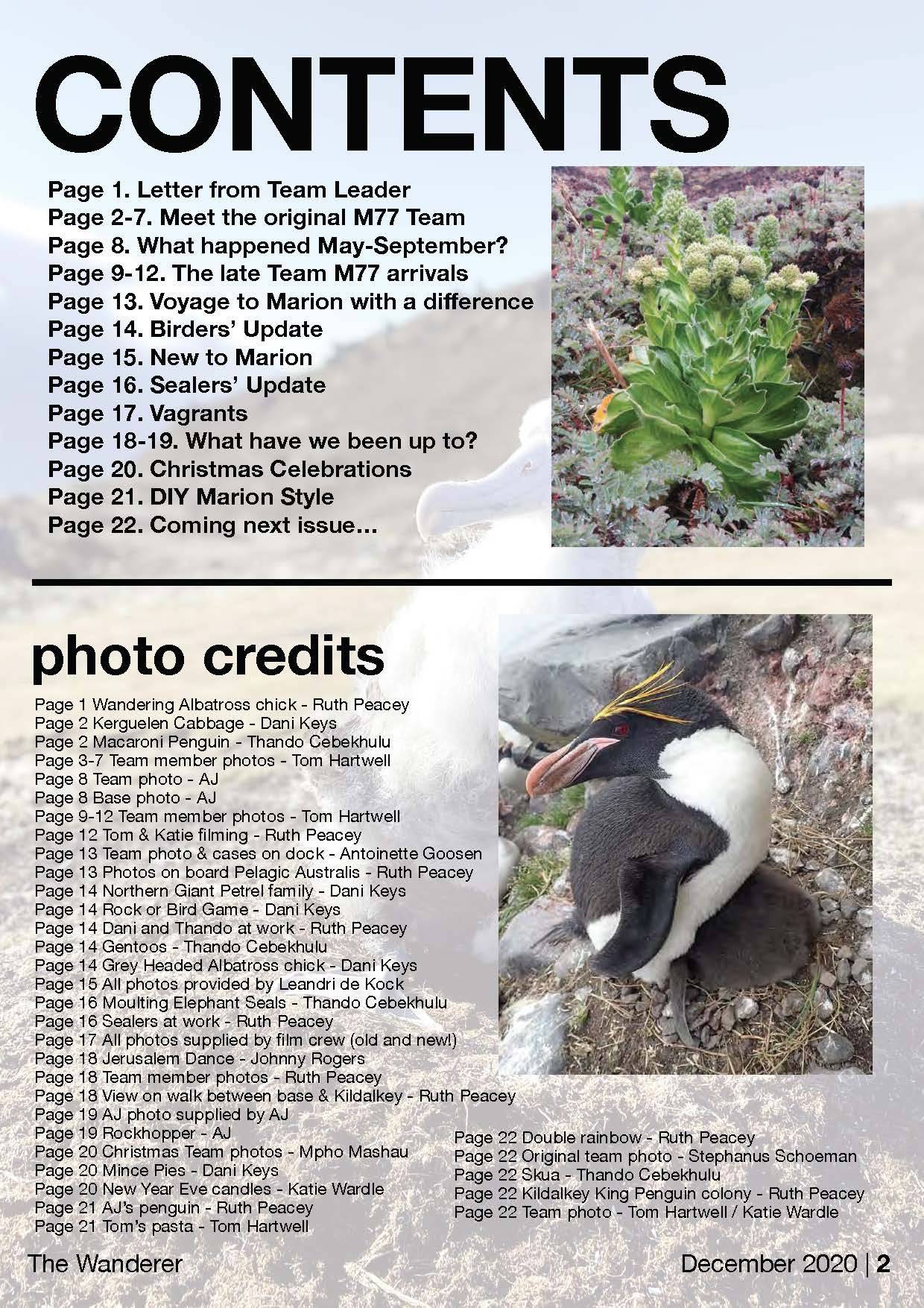


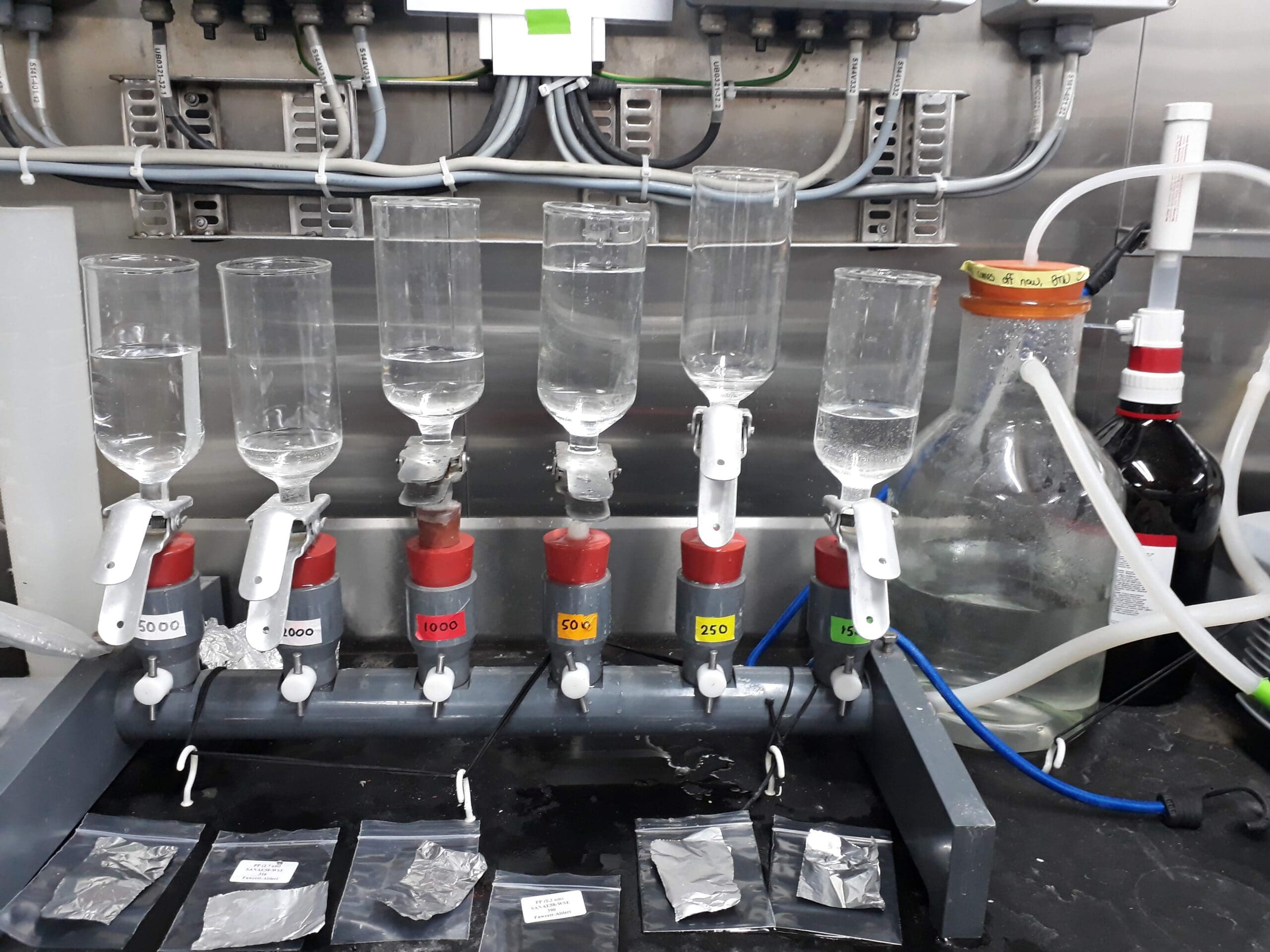
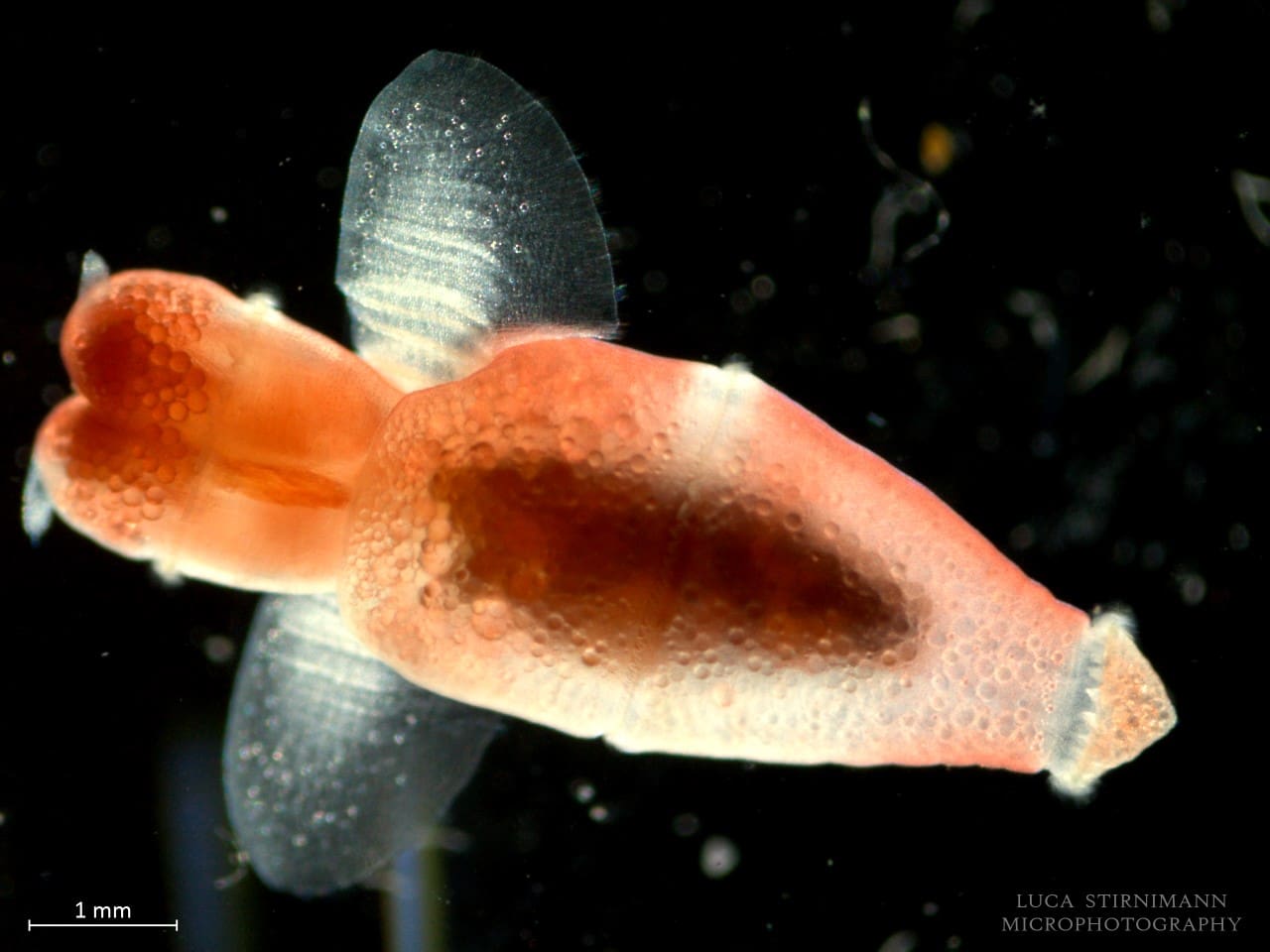
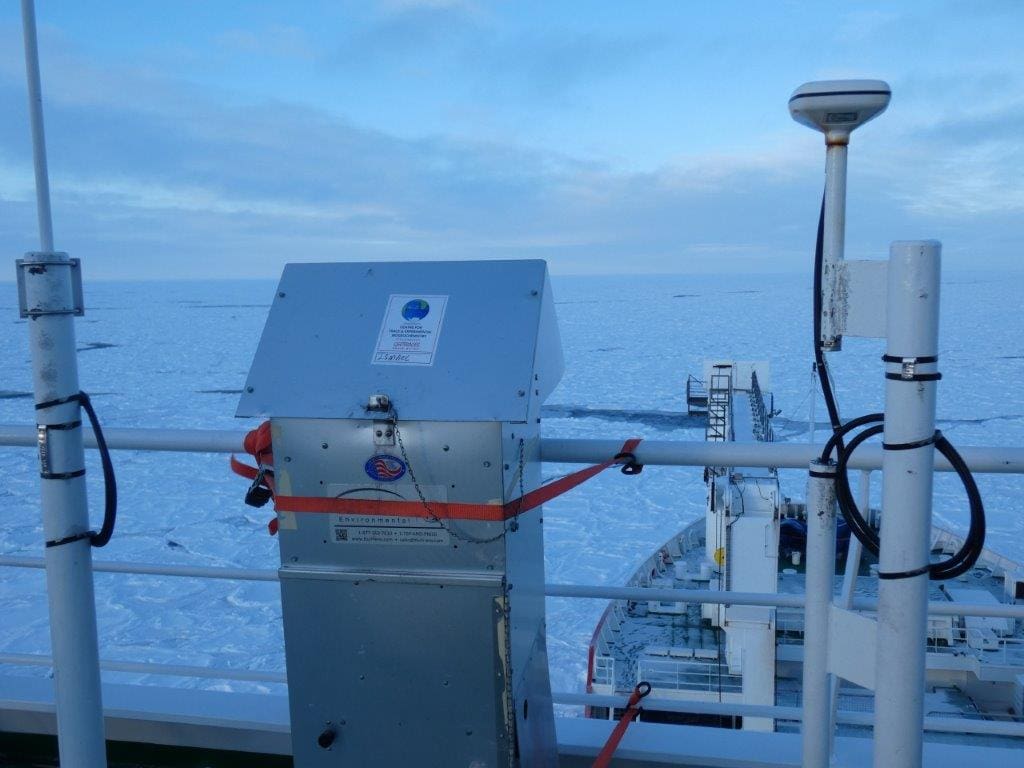 BIOGRIP comprises four research ‘nodes’ based at the Universities of Cape Town (focusing on isotope biogeochemistry), Stellenbosch (water and soil biogeochemistry), Free State (mineral biogeochemistry) and North-West University (atmospheric biogeochemistry), with the administrative ‘hub’ located at UCT. The
BIOGRIP comprises four research ‘nodes’ based at the Universities of Cape Town (focusing on isotope biogeochemistry), Stellenbosch (water and soil biogeochemistry), Free State (mineral biogeochemistry) and North-West University (atmospheric biogeochemistry), with the administrative ‘hub’ located at UCT. The 
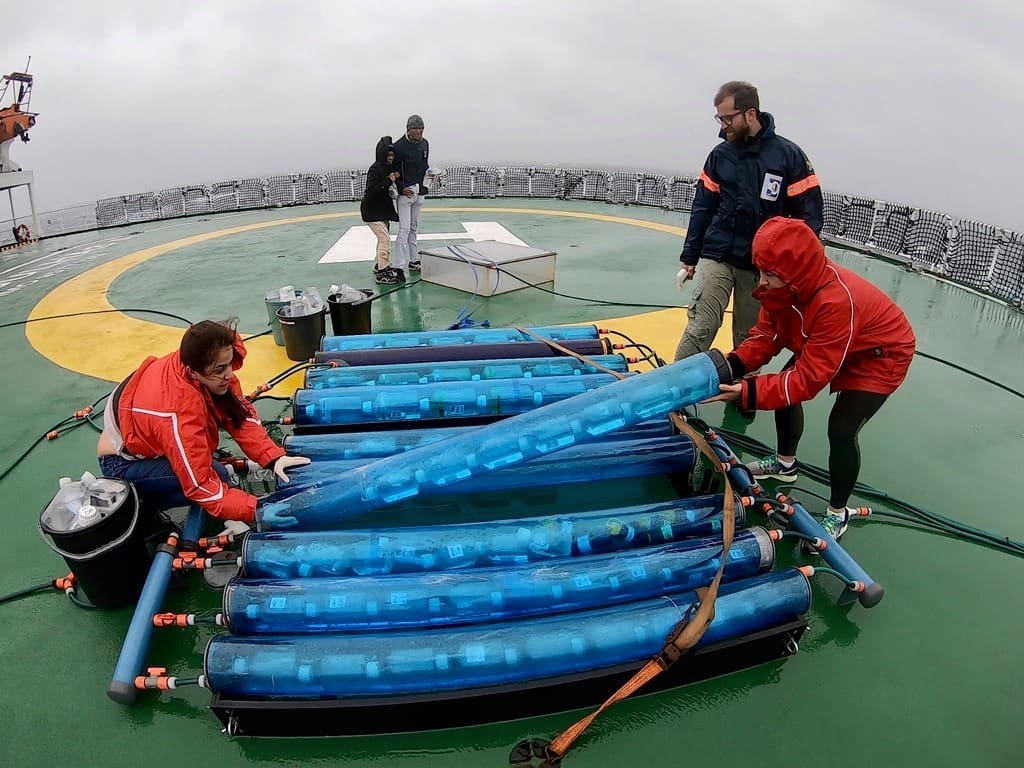
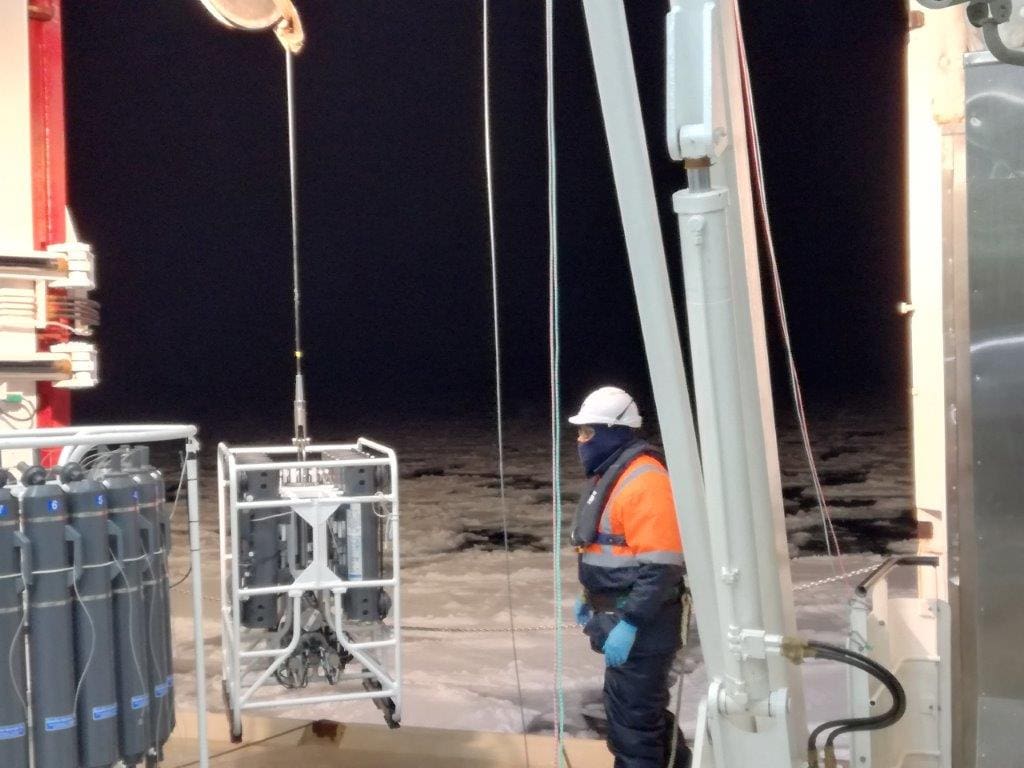 “Biogeochemistry” is the study of how biological, geological, chemical, and physical processes interact to shape natural environments over time and space. It covers a range of interdisciplinary research foci, from the origin and diversification of life, to how anthropogenic drivers alter modern environments, to the response of natural systems to environmental change. Biogeochemistry was identified by the 2016 South African Research Infrastructure Roadmap (SARIR) document as an emerging interdisciplinary field of strategic importance. SARIR recommends that the central objective of biogeochemical research in South Africa should be to gain “further insight into the interactions of human activity and the environment over the past several hundred millennia and to determine how the environmental impact of anthropogenic activity has contributed to the change in Earth system dynamics (chemical, physical and biological). This includes the search for an understanding of the behavior of well characterized and emerging pollutants and their current impact on the environment”. There are a number of strong research groups in South Africa already investigating various aspects of this broad research objective, but their efforts to-date have been isolated and/or fragmented. Moreover, biogeochemistry requires high precision data and measurements of a vast range of inorganic and organic chemical components, including isotope ratios and trace elements, some of which cannot currently be made in South Africa and many of which cannot be run at the volume and quality required. The investment in BIOGRIP will provide the platform to drive biogeochemical knowledge creation through investment in (1) technical capacity, training and scientific leadership in biogeochemical research, (2) world-class analytical facilities, and (3) improved monitoring of biogeochemical environmental variables through the generation and compilation of statistically meaningful datasets.
“Biogeochemistry” is the study of how biological, geological, chemical, and physical processes interact to shape natural environments over time and space. It covers a range of interdisciplinary research foci, from the origin and diversification of life, to how anthropogenic drivers alter modern environments, to the response of natural systems to environmental change. Biogeochemistry was identified by the 2016 South African Research Infrastructure Roadmap (SARIR) document as an emerging interdisciplinary field of strategic importance. SARIR recommends that the central objective of biogeochemical research in South Africa should be to gain “further insight into the interactions of human activity and the environment over the past several hundred millennia and to determine how the environmental impact of anthropogenic activity has contributed to the change in Earth system dynamics (chemical, physical and biological). This includes the search for an understanding of the behavior of well characterized and emerging pollutants and their current impact on the environment”. There are a number of strong research groups in South Africa already investigating various aspects of this broad research objective, but their efforts to-date have been isolated and/or fragmented. Moreover, biogeochemistry requires high precision data and measurements of a vast range of inorganic and organic chemical components, including isotope ratios and trace elements, some of which cannot currently be made in South Africa and many of which cannot be run at the volume and quality required. The investment in BIOGRIP will provide the platform to drive biogeochemical knowledge creation through investment in (1) technical capacity, training and scientific leadership in biogeochemical research, (2) world-class analytical facilities, and (3) improved monitoring of biogeochemical environmental variables through the generation and compilation of statistically meaningful datasets.

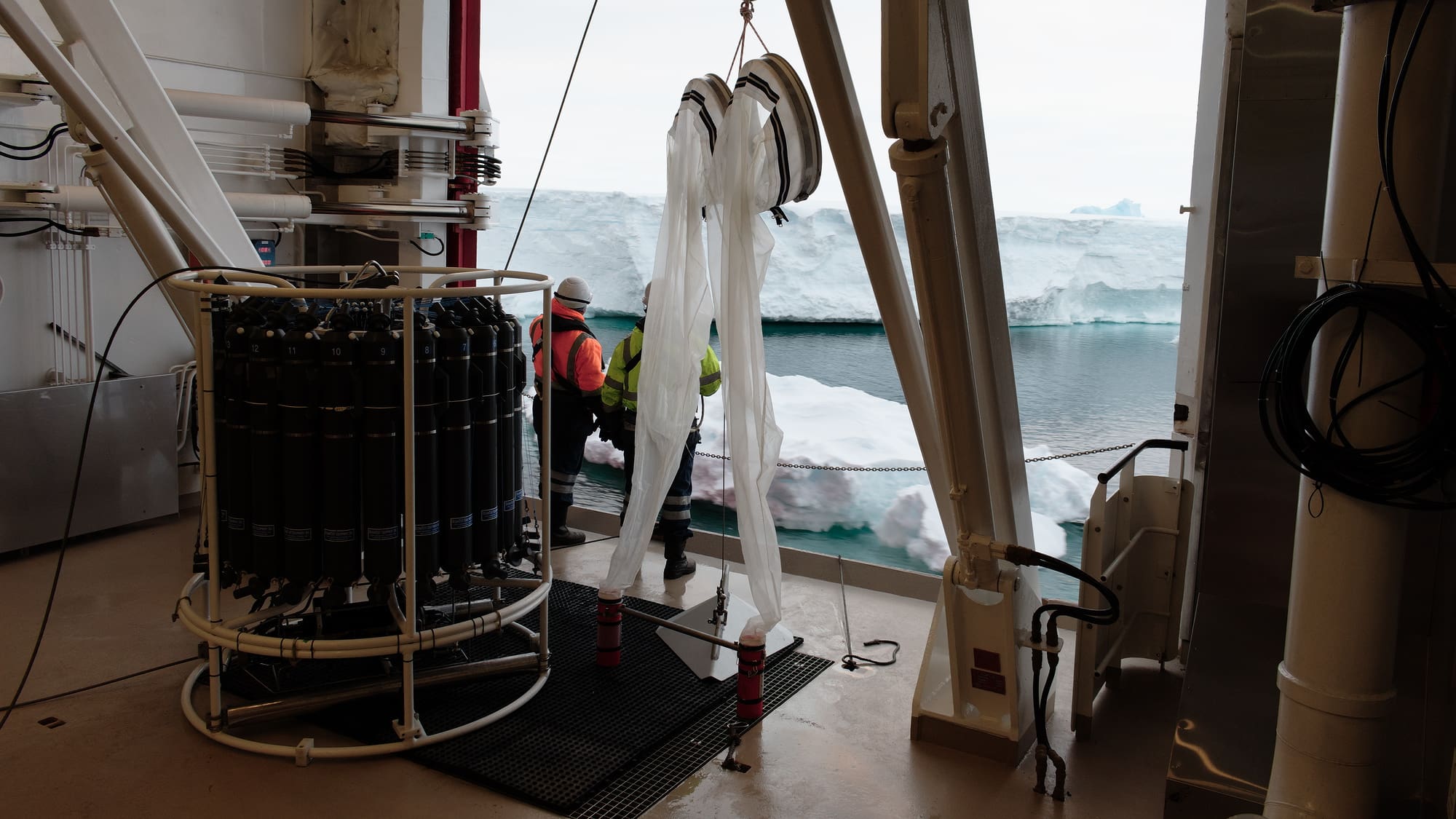 BIOGRIP will provide significant opportunities to advance South Africa’s research infrastructure and technical capacity in the field of biogeochemistry, while also facilitating a high level of scientific impact on a range of temporal and spatial scales. BIOGRIP will extend the practical research questions that address specific South African problems to include those that are purely curiosity-driven, creative, and/or risky, while also deepening the extent to which ongoing research themes can be probed. An additional impact of developing analytical capacity in-country is the potential for creative methods development, particularly South African-specific applications (e.g., for research questions relevant to the Cape floristic kingdom, hominin evolution, water availability and quality, Antarctic ecosystems, etc.). This will allow the South African research community to push the frontiers of knowledge in a variety of fields where biogeochemical techniques have yet to be applied (or have yet to be applied at the resolution offered by BIOGRIP).
BIOGRIP will provide significant opportunities to advance South Africa’s research infrastructure and technical capacity in the field of biogeochemistry, while also facilitating a high level of scientific impact on a range of temporal and spatial scales. BIOGRIP will extend the practical research questions that address specific South African problems to include those that are purely curiosity-driven, creative, and/or risky, while also deepening the extent to which ongoing research themes can be probed. An additional impact of developing analytical capacity in-country is the potential for creative methods development, particularly South African-specific applications (e.g., for research questions relevant to the Cape floristic kingdom, hominin evolution, water availability and quality, Antarctic ecosystems, etc.). This will allow the South African research community to push the frontiers of knowledge in a variety of fields where biogeochemical techniques have yet to be applied (or have yet to be applied at the resolution offered by BIOGRIP).